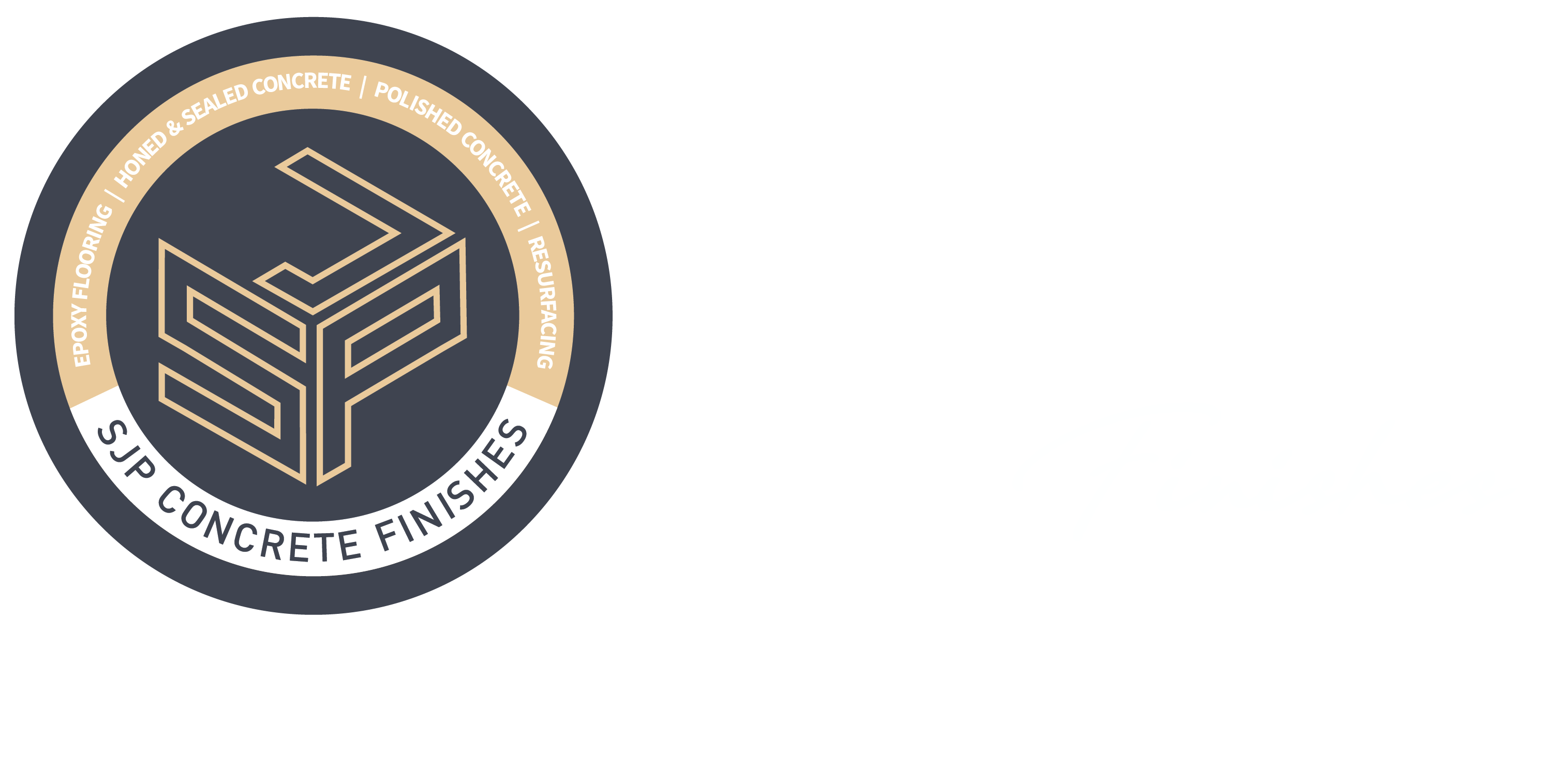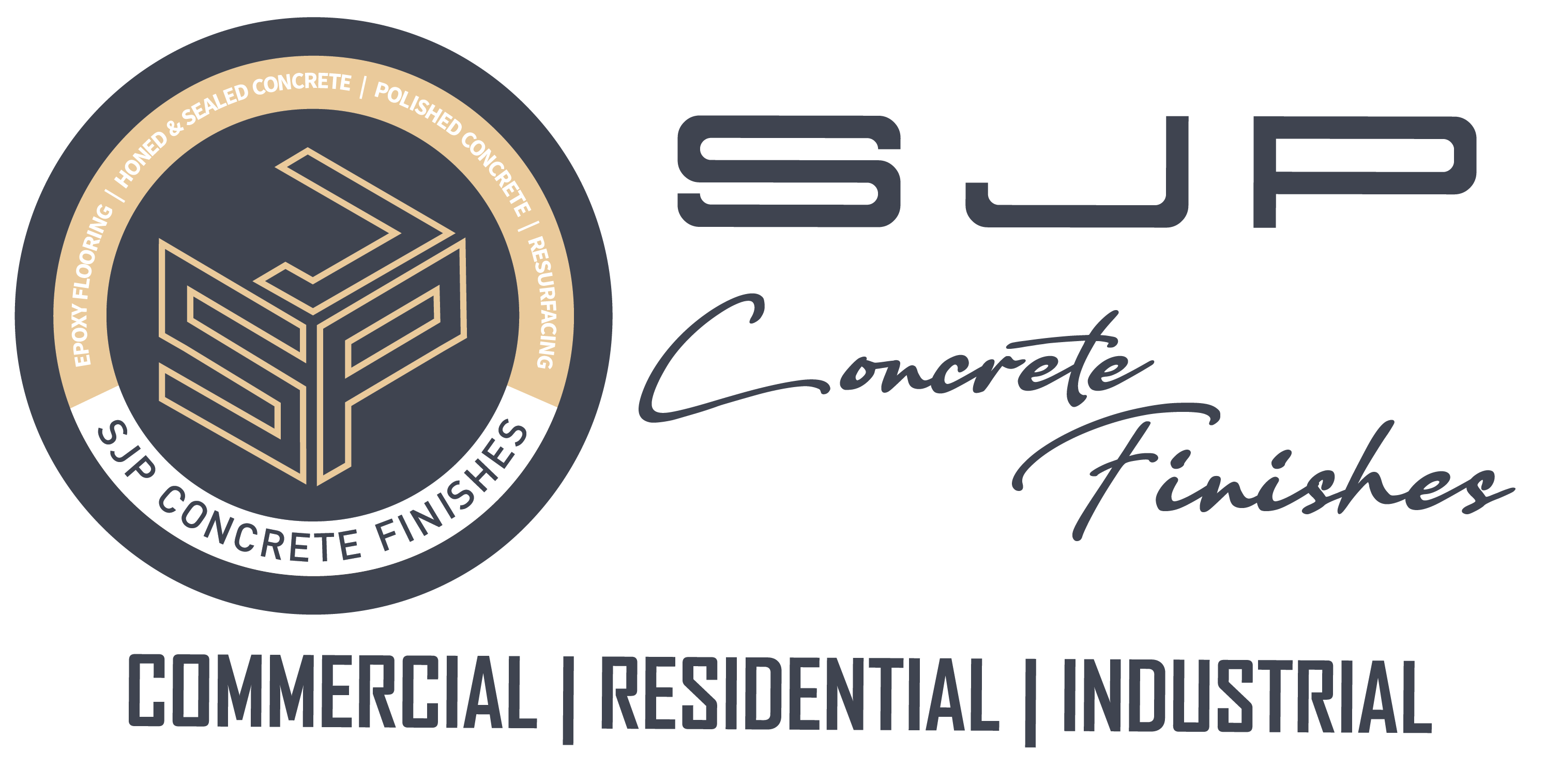What is Epoxy Flooring?
Let’s face it, we have all dreamt of a floor that looks incredible, while also being strong, easy to maintain, and durable! Fortunately, Epoxy floors tick all these boxes, yet there is a chance that you have never heard of them before. Therefore, we have compiled an all-you-need-to-know guide to this amazing flooring option.
The Amazing Epoxy
So, what is Epoxy flooring? Simply defined, this type of flooring is a surface made up of several layers of Epoxy which is applied to approximately two millimeters in depth. There is a variation between Epoxy coating and flooring, which comes in the depth of the Epoxy itself. Anything over two millimeters is considered to be flooring, anything less is a coating.
So, what exactly is Epoxy as a material? In short, it is a combination of two components, hardeners, and resins, which are mixed together to chemically form a rigid plastic. This plastic is degradation resistant, strong, and bonds very well to its substrate. In fact, the material is so strong that it is often used in industrial buildings.
The Different Types of Epoxy Flooring
The different Epoxy flooring choices include:
- Self-dispersing epoxy floors – An extraordinarily strong option used in areas that are heavily used. The same type of floor can also be found with quartz sand added for an added anti-slip capability.
- Self-levelling epoxy floors – Often found in kitchens and dining rooms, this option is simple to clean and easy to maintain.
- Mortar epoxy floors – The strongest Epoxy floor on the market but can also be used to repair cracks when laying other types of Epoxy.
- Gravelled epoxy floors – Very complicated to lay, but always worth it. Gravelled Epoxy is the most decorative option and has anti-slip capabilities.
- Epoxy terrazzo floors – Used in large open spaces, terrazzo floors are also very decorative.
- Epoxy antistatic floors – Only to be used in sensitive areas with no static.
- Epoxy flaked floors – Flaked floors, as the name suggests, are Epoxy-based but contain colourful flakes for decorative purposes. While the flakes look good, they also provide anti-slip capabilities. Of course, you can choose the quantity and colour of the flakes yourself.




